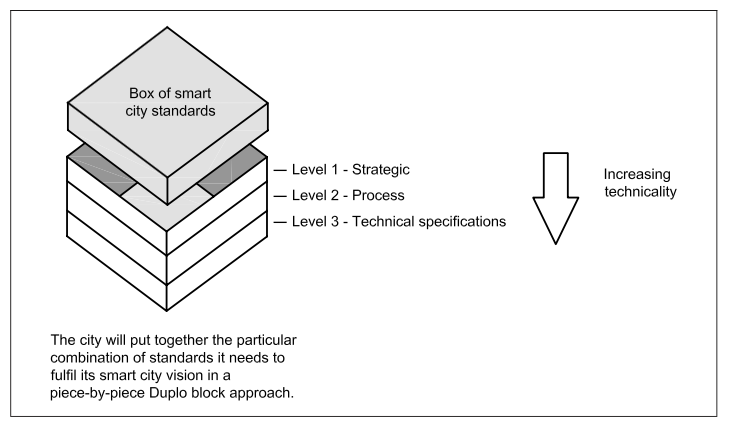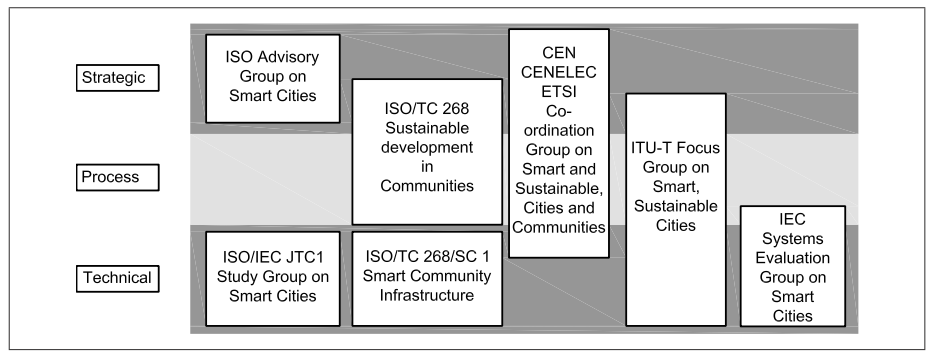Central to the mission of several Smart City initiatives, eg Urban Opus and UTA, has been the idea of a citizen centric data brokerage – a means for citizens to take control of their data and manage who uses it and how they use it. A data brokerage works by allowing anybody to make their data available, and then to offer that data to others in a controlled manner.
Data brokerage versus open data
You hear a lot about open-data in the smart city community, data that is made freely available, often by cities or other public organizations, and available for anyone to use. It’s well understood by now that data is a powerful tool in the Smart City arsenal – it allows cities to better understand how they operate, where their inefficiencies lie and to better understand the needs of their citizens. Open data is powerful, but has some limitations, not least because it is mostly infrastructure centric or anonymized in such a way to ensure privacy, but reduce usefulness. Importantly, open data is often ‘low value’ data, data that cities and others are willing to ‘give away’.
Data brokerage is an attempt to solve this problem, it focuses on making data available, but in a controlled manner that allows organizations to manage who uses their data and what they do with. In some cases it also allows them to monetize their data – although that’s not required for a data brokerage to operate.
The key distinction is that organizations are able to make data available and control who can use it. Control is managed through specific licensing which in turn offers an ability to control how data is being used. A base level case would be similar to open data hubs, data is made available, anybody can use it and they simply need to acknowledge that the data is made available under one of the many free and open data licenses, e.g. Open Gov or Creative Commons
However, the power of the data brokerage model is that the data could also be licensed, for a fee, with a specific license that allows a single use. Obviously this is the other end of the spectrum from a freely available open source data set – but it serves to show the range of options that a data brokerage offers.
What about citizen data?
The true power of a data broker becomes clear when we consider the case of citizen data. In todays world citizen data is freely harvested by data companies such as Equifax, Datalogix and Exactis, or is gathered in exchange for free services such as google or facebook. However citizens have no control over the data, its usage and in many cases are not even aware that their personal data is being used by third parties. The data broker offers a means to change this situation. How?
By empowering citizens with a means for them to take back control of their data, to control who can access it, and to give them the freedom to rescind access if they wish to.
Data brokerage allows citizens to register, and validate their identity, and then to upload personal data. This could be basic data they provide themselves, or data they take from 3rd parties. For example, Google now allows users to download their own data sets of all data that google holds on them. Imagine the power if users could take this data, and rather than Google deciding who can use it, they can decide themselves – and monetize it if they want to.
Data brokerage is a new idea, and still requires significant work. But its a powerful tool to both unlock valuable data, and give citizens more control over their personal data. Urban Opus is working hard to push these ideas forward. If you want to help, contact us!
Data Brokerage – background reading
Copenhagen’s experiences with data brokerage
Using blockchains to secure and manage data – databroker DOA



